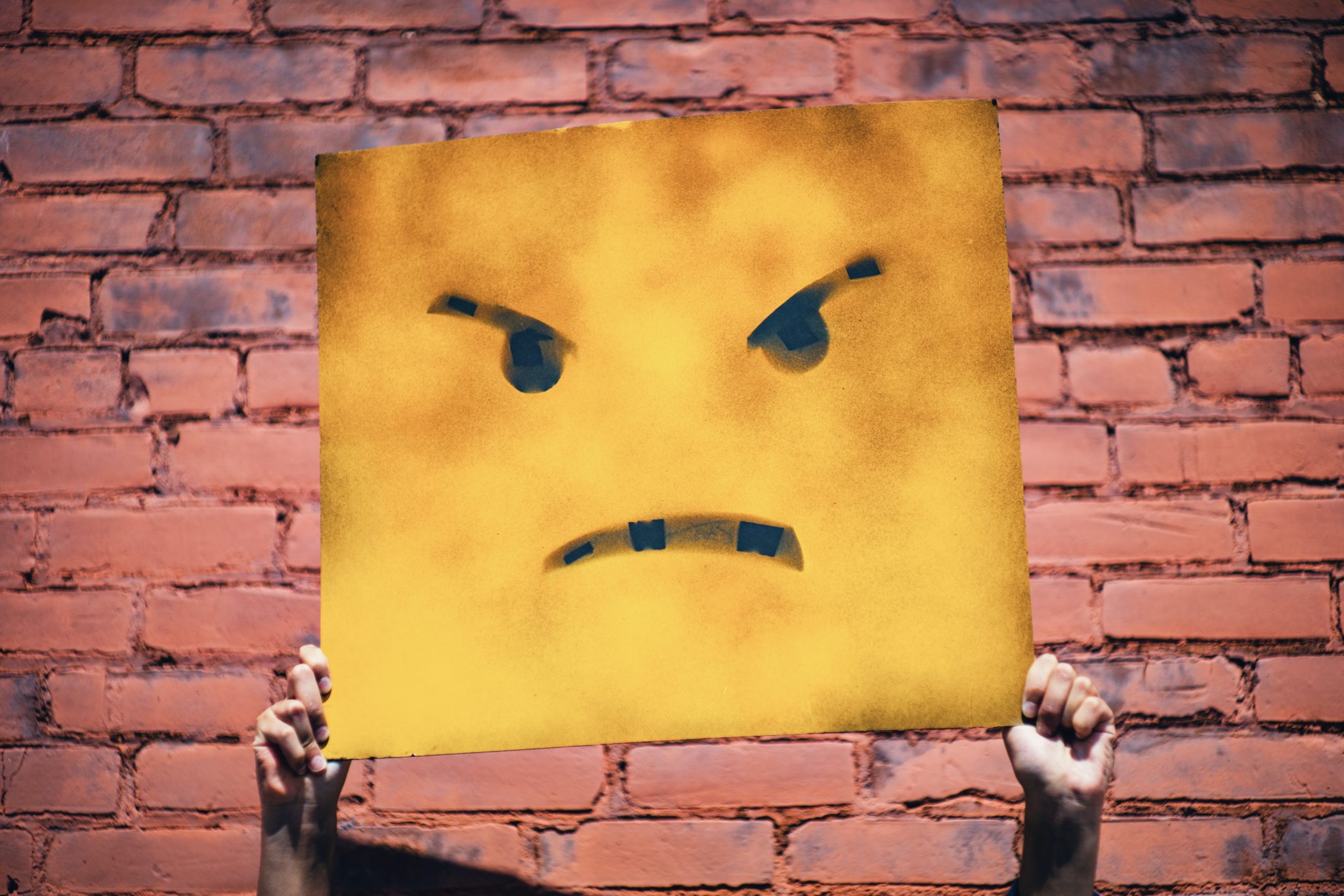
I wasn’t an angry person until I became a Zen Buddhist. Sure, I yelled. I slammed things. I broke things. But I wouldn’t have called myself angry. It was always another person making me angry. How was that my fault?
The night I flung my wedding ring across the lawn during an otherwise piddling argument with my husband the truth began to dawn: I was a really angry person. But there was hope because I was an angry person with a Zen practice.
Anger is something most of us try to avoid. It’s harmful, destructive, and frightening. Yet through meditation, we can observe that the source of our anger—and the source of all our mental states—is none other than ourselves. No one makes us feel, think, or do anything except as we allow. When we see that, we can begin to free ourselves from the delusional grip of anger, hate, and fear, and the cycle of suffering they cause.
Anger comes from our attachments. We all have our likes and preferences, dislikes and aversions, and our fiercely held opinions about how things should be. We cling to what we want—to what we think is good and right—and reject what we don’t want in what amounts to a near-continuous war with reality. We don’t get our way all the time, and besides, even when we do, it doesn’t last. Everything is empty and impermanent, guaranteed to change, which means we could be ticked off all the time. These days, a lot of people are. They nurture grievance and anger until it explodes into blind hatred. But wisdom lurks beneath our ignorance.
The wisdom of impermanence shows us the way to work with anger, that is, to not work with it at all.
Through the practice of zazen, just sitting, I’ve slowed my mind down enough to recognize anger as a physical sensation before I’m overtaken in emotion. I feel anger rising in my body as energy, a physical tightening that pins me in place. That’s when I stop.
I stop thinking. I may stop moving. And usually I can stop myself from reacting. Without my ruminations and reactions, anger does what all sensations do. It goes away by itself, providing I don’t chase after it.
Now may not be the easiest time to believe that the only way to work with anger is to sit down and practice. But what happens when you try being still and quiet, staying out of the deepening darkness in your head? You may think that when you sit on a cushion it’s only to bring peace to your own mind—it is. There is only one mind, so your little practice, your calming breath, and your fearless presence extend everywhere throughout the chaos of the hell-bent world.
One more thing has changed my relationship with anger: admitting it. When I feel myself getting angry around others, I try my best to say, “I’m angry right now.” When I acknowledge my anger, it changes me, it changes my body. It loosens the noose and lowers the temperature. It clarifies the situation for me and for everyone around me. Outbursts are allayed. Spoken, the words by themselves are safe. Unspoken, they smolder into fire and brimstone.
These days, though I still get angry, I’m no longer afraid of my anger. I don’t try to hide or avoid it. I remind myself not to rationalize it, justify it, or react in anger. I let it be, and then I let it be gone.
Photo by Andre Hunter on Unsplash